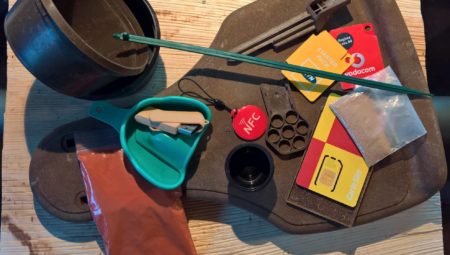Mr. Van der Maas, member of the Provincial Executive, launched an animated film to open the meeting. The straightforward 90-second film showed what biobased products are and why the Province of Zeeland is stimulating biobased procurement. There are roughly three reasons why the public sector should stimulate the development of biobased products.
To start with, it is ultimately better from an environmental point of view. Secondly, biobased business strengthens the local economy. Lastly, the practical experience of the Province has shown that biobased products can contribute added value thanks to their extra functionality, such as biodegradability. This is good news, since buyers not only look at the price, but also the life span and maintenance.
Difficult to assess
Biobased procurement may be inspiring, but it does form a challenge for the parties involved, as the real-life stories show. It is difficult for buyers to find the information. Even the powerful Google often fails to provide an answer. And when they do find information, buyers find it difficult to assess. In addition, wholesalers often do not know what biobased is, and even the sellers of manufacturing companies do not always know what biobased means. Suppliers often declare that their products satisfy the five indicators (see box). It is important that the information is validated by an independent party. Only then can buyers select products which have added value relative to the petroleum-based options.
Biobased procurement app
That’s why the Province of Zeeland has developed several tools to bring buyers and suppliers together. The Biobased procurement app (GoBiobased) was developed to help find the available information fast. With a simple press of the button it can be used to share the above animated film, the research and the Biobased collection of the CoEBBE with market parties.
‘Currently I am developing an interactive benchmark tool which will show how biobased products score on the five indicators with respect to petroleum-based products and visualise the added value (compared with fossil counterparts). The app will give you updates on the developments.’
Benchmark for asphalt
With this tool, buyers can invite suppliers to complete a questionnaire which will be validated by independent experts.The benchmark links the scores of the biobased products with the procurement categories used by governments and allows the simple generation of an overview. Thus far ten products have been validated and a benchmark has been developed for the asphalt product group. The advantage of the tool is that buyers do not have to reinvent the wheel every time and do not lose as much time on market research. For biobased businesses it is a great portal to respond actively to demands from the market and bring their products into view. This makes it more tangible and easier to start doing it, according to Ben de Reu, member of the Provincial Executive (Province of Zeeland, Biobased Economy portfolio).
The five indicators:
- Percentage of renewable ingredients with respect to the total quantity of the fossil ingredients.
- Improvement of the functionality and technical performance of the product due to biobased ingredients with respect to the fossil ingredients.
- Extent to which the CO2 footprint improves with respect to the fossil products.
- Insight into the costs/revenue during the life cycle of the product (TCO calculation in accordance with European Procurement Directive 2014/24/EU).
- Insight into the end of the period of application (including compostability, biodegradability, reusability via calculation in accordance with ‘Cradle to Cradle Standard Version 3.1’).



